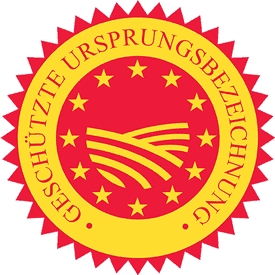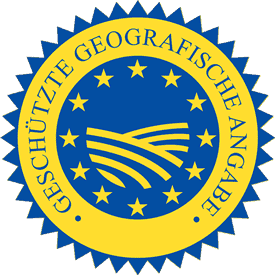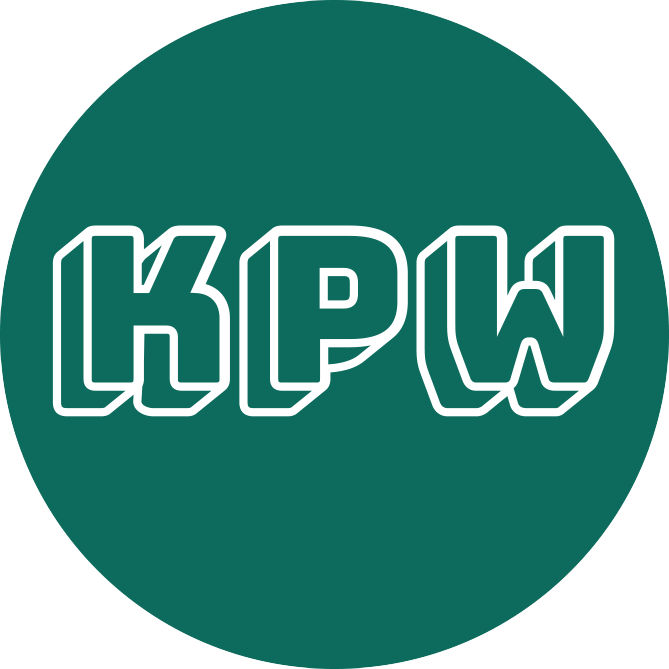
Protected
geographical
Specifications.
Protected
geographical
Specifications.
Protected geographical indications and designations of origin are an important part of European culture and economy and serve to protect regional products.
Geographical information
Geographical indications and designations of origin are an important part of European culture and economy. They reflect the diversity of the regions in the countries and regions of the EU and contribute to their development. The EU has therefore created a comprehensive system for the protection of geographical indications and designations of origin.
What is geographical information?
A geographical indication or indication of source are names of places, regions, areas or countries as well as other indications or signs used in the course of trade to identify the geographical origin of goods or services. They therefore serve to individualize a product in trade by referring specifically to the geographical and not the commercial origin.
Geographical indications in the sense of trademark law include both direct and indirect indications of source.
What are direct indications of source?
Geographical names are direct indications of origin. In particular, names of cities, regions, countries, parts of countries, states or continents as well as moors, heaths, waters, valleys or mountains can be considered. They all have a direct indication of origin. Examples include Black Forest ham, Thuringian grilled sausage or Dresden stollen. The names referring to regions (Black Forest, Allgäu), federal states (Thuringia) or places (Dresden) serve to identify the geographical origin of the goods.
What are indirect indications of source?
Indirect indications of source are indications that do not contain an explicit indication of source, but lead the public to make a mental association with a geographical origin. For example, the use of flags, coats of arms or comparable symbols is often understood as an indication of geographical origin. However, the use of certain shapes typical of a region, e.g. packaging such as bottles, can also constitute an indirect indication of origin.
What are the advantages of geographical indications?
Geographical indications and designations of origin offer a number of advantages for producers, consumers and the economy.
For producers, these can offer a competitive advantage as they can differentiate themselves from other producers who do not use geographical indications.
For consumers, geographical indications offer a guarantee of the quality and origin of products. They can rely on the fact that appropriately protected products are produced according to high quality standards and have the traditional taste and characteristics of the region or area from which they originate.
For the economy, geographical indications can contribute to the development of regions and agriculture. They can help to create jobs, increase the income of producers and strengthen the regional economy.
What protected geographical indications of origin are there?
Geographical indications and names of traditional specialties are protected in the EU by Regulation (EC) No. 510/2006 on protected designations of origin and protected geographical indications and by Regulation (EU) No. 1151/2012 on designations of origin and geographical indications for agricultural products and foodstuffs.
Regulation (EU) 2023/2411 on the protection of geographical indications for craft and industrial products of 18.10.2023 also allows geographical indications for craft and industrial products to be protected.
In the European Union, a distinction is made between the protected designation of origin (PDO) and the protected geographical indication (PGI).
What is a protected designation of origin (PDO)?
The protected designation of origin (PDO) is a quality label introduced by the European Union that protects food and agricultural products whose quality and characteristics are exclusively or essentially attributable to their geographical origin. In order to guarantee the authenticity of these products, all production steps – from production to processing and manufacturing – must take place in the defined geographical area. This close link between the product and the region of origin ensures that the specific characteristics of the product are directly linked to the natural and human factors of the place of production.
Examples of products with PDO status:

- Allgäuer Emmentaler:
A traditional cheese from the Allgäu, produced exclusively in this region. - Parma ham:
An Italian cured ham produced in the province of Parma according to established procedures. - Feta:
A white cheese from Greece that is produced exclusively in certain regions of Greece. - Champagne:
A sparkling wine that can only be produced in the Champagne region of France using specific methods. - Roquefort:
A French blue cheese produced exclusively in the region around Roquefort-sur-Soulzon from raw sheep’s milk.
What is a geographical indication (GI)?
The geographical indication (GI ) is a quality label introduced by the European Union that applies specifically to spirits. It protects designations of spirits that originate from a specific geographical area and whose quality, reputation or other characteristics are essentially attributable to this origin. In contrast to the protected designation of origin (PDO), not all production steps of the PDO have to take place in the defined region; it is sufficient if at least one step of distillation or processing takes place there. The raw materials can also come from other regions
Examples of products with PGI status:

- Scotch Whisky:
A whisky that is distilled and matured in Scotland, where the special climatic conditions and traditional production methods shape the characteristic taste. - Cognac:
A brandy from the French region of Cognac, which is distilled and matured there and is known for its specific aromas. - Grappa:
An Italian grape marc spirit that is produced in various regions of Italy and has different flavor profiles depending on its origin. - Irish Whiskey:
A whiskey distilled and matured in Ireland, often with a smooth and mild character. - Bavarian bear’s bane:
A traditional German spirit made in Bavaria from the roots of the bear’s bane plant.
What is a protected geographical indication (PGI)?
A protected geographical indication (PGI ) protects food and wine, but more recently also artisanal and industrial products, whose quality, reputation or characteristics of the product are essentially attributable to its geographical origin and at least one of the production steps takes place in the defined geographical area. To ensure that at least part of the production, processing and preparation of a product in the relevant regions follows an established and recognized process, the geographical indication mark (PGI) is used. It is possible that the raw materials for production come from a different area.
Examples of products with PGI status:

- Styrian pumpkin seed oil:
The oil is made from pumpkin seeds in Styria, although the pumpkins do not have to come exclusively from Styria. - Black Forest ham:
Although the processing, such as curing and smoking, takes place in the Black Forest, the pigs may come from other regions. - Nuremberg gingerbread:
The production takes place in Nuremberg, but the ingredients do not necessarily have to come from the region. - Holsteiner Tilsiter:
This cheese is produced and matured in Schleswig-Holstein, although the milk does not have to come exclusively from the region. - Tyrolean bacon:
A traditional bacon from Tyrol, where the processing takes place in the region, while the pigs can also come from other areas.
How are geographical indications protected?
In order to be protected as a protected designation of origin (PDO), geographical indication (GI) or protected geographical indication (PGI), it must be submitted as such to the national office. The application for registration of a geographical indication/designation of origin is then first examined by the national office and then by the EU Commission, which also carries out the registration.
Products registered as a protected designation of origin (PDO), geographical indication (GI) or geographical indication (PGI) are legally protected against imitation and misuse within the EU and in third countries with which a special protection agreement has been concluded.
For all quality schemes, the competent national authorities of each EU country take the necessary measures to protect the registered names on their territory. They should also prevent and stop the unlawful production or marketing of products using such a name.
Non-European product names can also be registered as protected geographical indications if their country of origin has concluded a bilateral or regional agreement with the EU that provides for the reciprocal protection of such names.
Protected geographical indications and designations of origin must be taken into account as absolute grounds for refusal in trademark registration and nullity proceedings and as grounds for opposition in trademark conflict proceedings.
Our expertise
We support our clients both in the registration of protected geographical indications and designations of origin and in the enforcement of or defense against claims resulting from infringements of protected geographical indications and designations of origin or corresponding misleading advertising.
Questions on the topic?
We advise
You are welcome to protected
Details!
Our team
to the topic
Our team
to the topic











